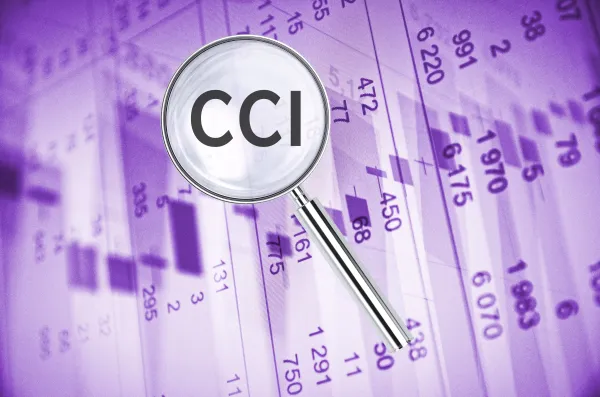Get Your First Look at the CPT® Revisions for 2020

New vaccine codes, tweaks to ABPM and virtual E/Ms to take effect January 1. As you would expect, this year’s CPT® revisions are a mixed bag, with a few key changes that will concern primary care coders in the New Year. Here are three big changes for you to note, along with some expert opinion to help you implement them effectively next year and beyond. Get to Know These 2 New Vaccine Codes … As in previous years, CPT® 2020 introduces a new influenza vaccine, 90694 (Influenza virus vaccine, quadrivalent (aIIV4), inactivated, adjuvanted, preservative free, 0.5 mL dosage, for intramuscular use). But the code is not new; the American Medical Association (AMA) actually released the code on July 1, 2019, initiating a six-month implementation period that ends on January 1 when the code technically becomes effective. Another vaccine code, 90619 (Meningococcal conjugate vaccine, serogroups A, C, W, Y, quadrivalent, tetanus toxoid carrier (MenACWY-TT), for intramuscular use) is also not new. But unlike 90694, AMA made its use effective July 1, 2019. Coding caution: Both 90619 and 90694 carry the lightning bolt symbol that CPT® uses to denote “FDA approval pending.” That means you cannot use either code until the vaccines in question have received FDA approval for use. … and This Revised One Similarly, another CPT® 2020 meningitis vaccine code is not new. The meningococcal conjugate vaccine 90734 has been around since 2004 but has recently gone through several revisions. AMA implemented the last version of the code along with 90619 on January 1, 2019, and the revision took effect alongside 90619 on July 1. So, if you haven’t done so already, make sure you update 90734 in your manual: From: Meningococcal conjugate vaccine, serogroups A, C, Y and W-135, quadrivalent (MCV4 or MenACWY), for intramuscular use Why the change? “CPT® probably created the revisions to highlight the difference between 90619 and 90734,” says Donelle Holle, RN, president of Peds Coding Inc., and a healthcare, coding, and reimbursement consultant in Fort Wayne, Indiana. “The difference is the conjugate carrier protein. With 90619, it is the tetanus protein, and with 90734, it is the diphtheria protein,” Holle notes. ABPM Codes Tweaked CPT® has changed the root descriptor wording for the ambulatory blood pressure monitoring (ABPM) 93784-93790 code group: From: Ambulatory blood pressure monitoring, utilizing a system such as magnetic tape and/or computer disk, for 24 hours or longer The reason for the change should come as no surprise. “Code 93784 was added in 1992, and the other codes in the family were added pre-1990. Except for 93790 [2013], none has been revised since 1992,” observes Kent Moore, senior strategist for physician payment at the American Academy of Family Physicians. “The descriptor change likely represents an effort to modernize the codes and make them more consistent with current technology. With everything being digital these days, I doubt any current ABPM technology still uses ‘magnetic tape’ or a ‘computer disk,’” Moore adds. Additionally, the change now specifies that the patient must wear the ABPM device continuously during the 24-hour monitoring period, Times Change for Virtual E/M Codes Code 98969 (Online assessment and management service provided by a qualified nonphysician health care professional …) will also become history come January 1, 2020. In its place, you’ll be able to use three new time-based codes to report the same, asynchronous online services to your patients: The changes here have been welcomed by our coding experts as they bring the codes into line with several similar services. “These new codes help mimic the qualified nonphysician health care professional [QNHP] telephone call codes 98966-68 [Telephone assessment and management service provided by a qualified nonphysician health care professional to an established patient, parent, or guardian …], which have the same stipulated times,” notes Holle. “They also mirror what will be done to the corresponding physician code 99444 [Online evaluation and management service provided by a physician or other qualified health care professional …],” adds Moore, which we discuss in a subsequent article in this issue of Primary Care Coding Alert. But both experts add a note of caution about the new codes, especially in terms of the criteria that need to be met in order for them to be used. “As noted in the descriptor, these codes are for QNHPs,” cautions Moore. Additionally, “they can only be used for established patients,” notes Holle. Lastly, “coders will need to work with their providers to figure out how the provider is going to track the time over the seven days and report the appropriate code when the seven days are up,” Moore advises coders. And even if you follow the guidelines to the letter, “like the telephone call codes, these new digital codes may not be payable,” Holle notes. Consequently, coders should check with the payers to whom they submit claims most often to learn how those payers intend to handle these codes.
To: Meningococcal conjugate vaccine, serogroups A, C, W, Y, quadrivalent, diphtheria toxoid carrier (MenACWY-D) or CRM197 carrier (MenACWY-CRM), for intramuscular use.
To: Ambulatory blood pressure monitoring, report-generating software, automated, worn continuously for 24 hours or longer.




